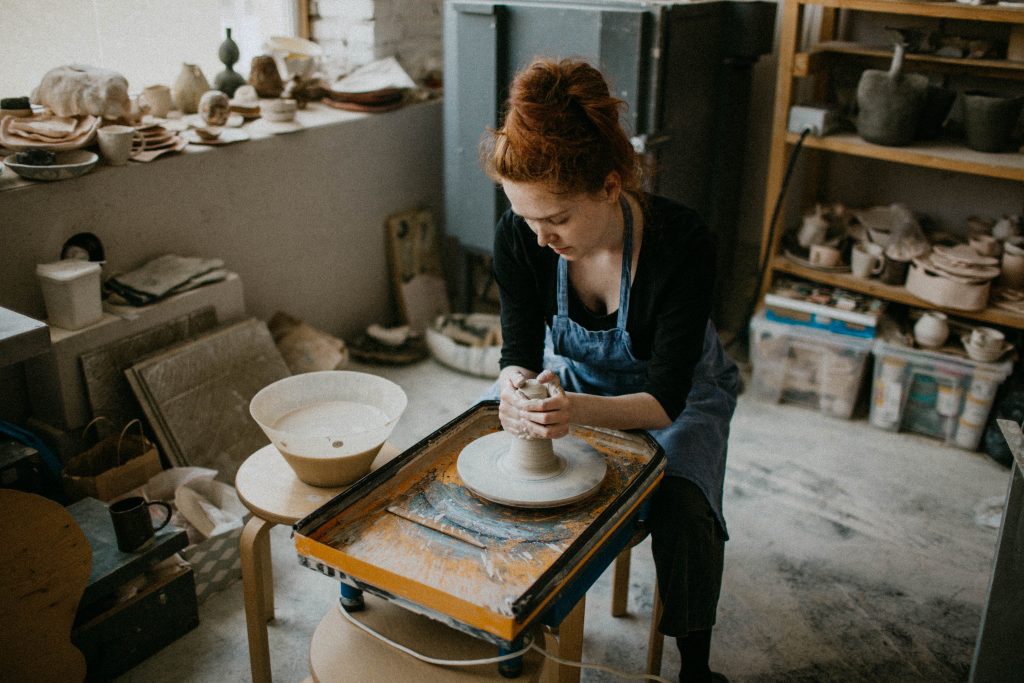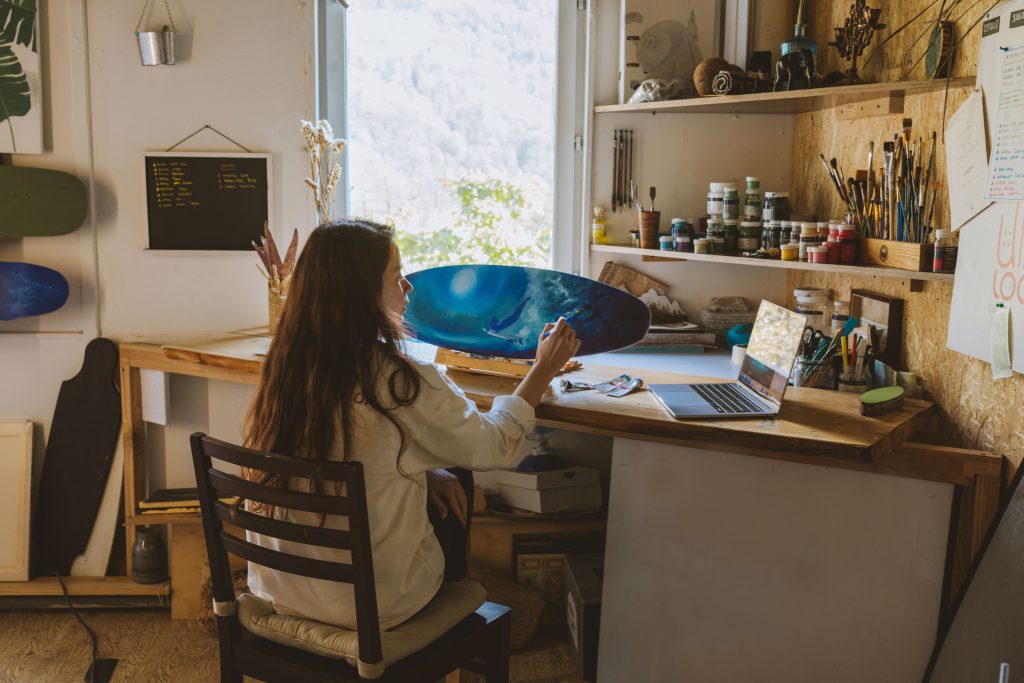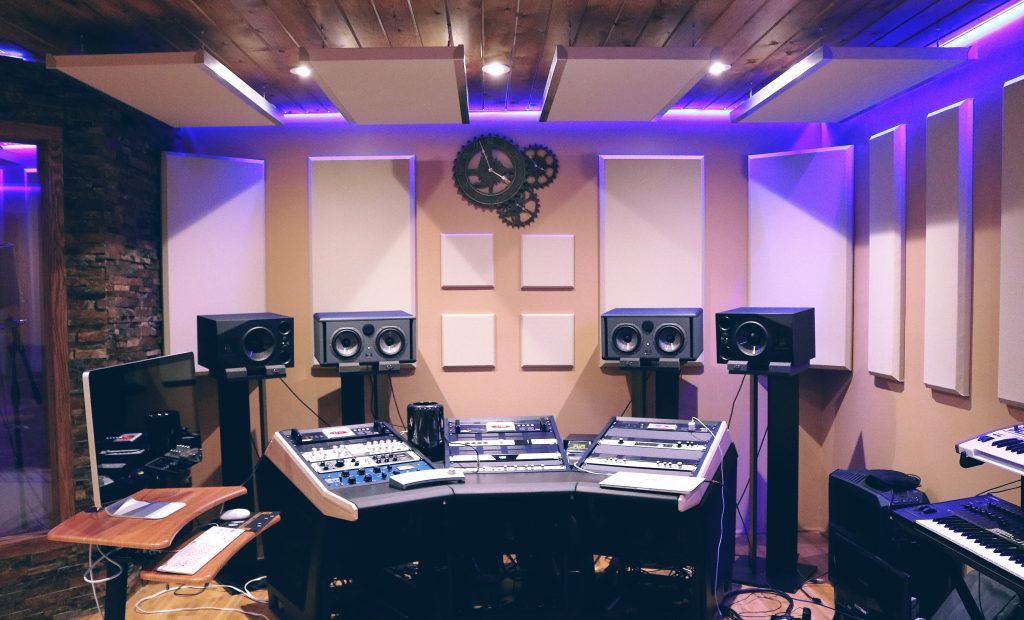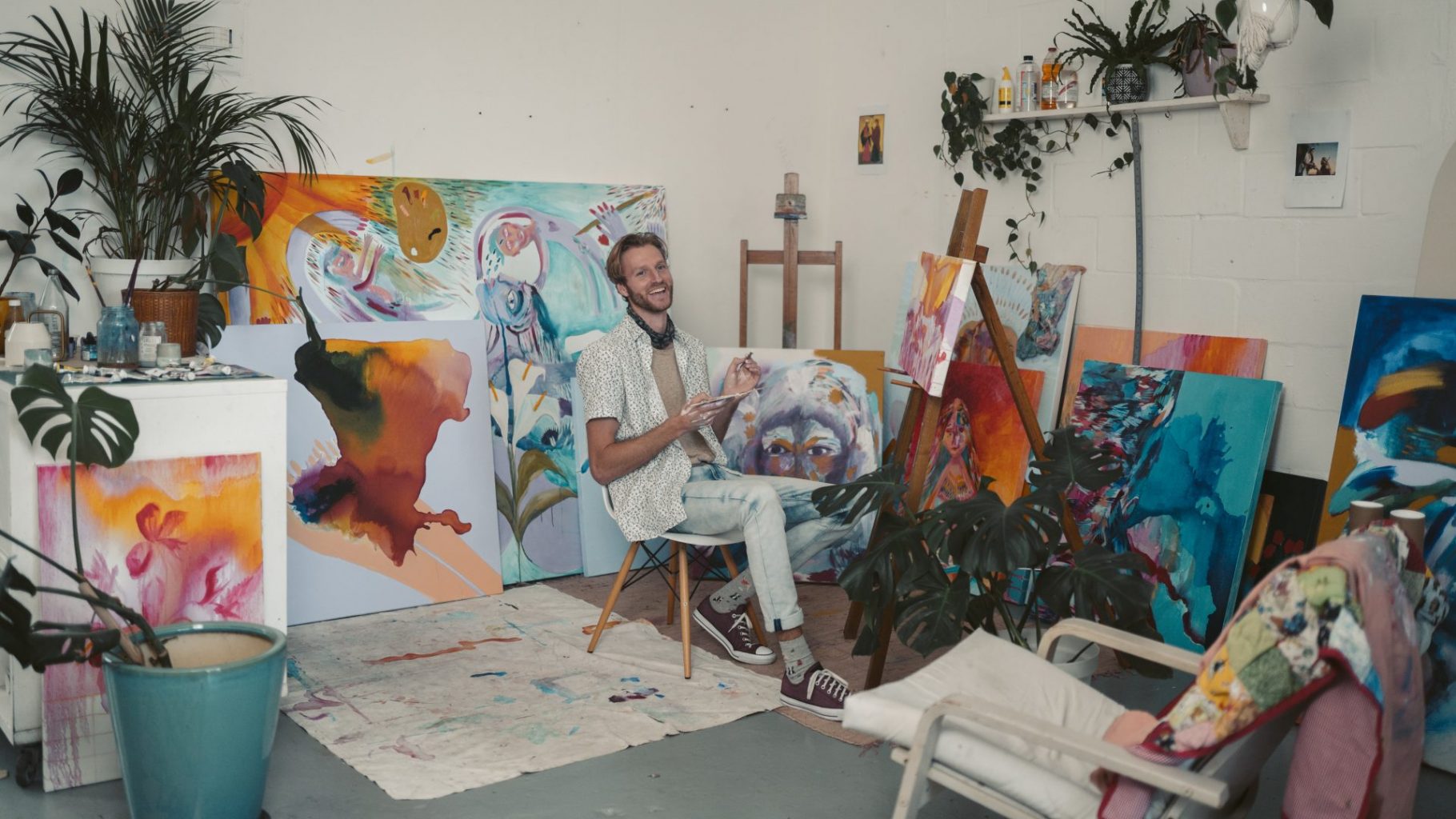There are many factors to consider when looking for a new art studio, as it can significantly impact the artist’s work. This article can help you understand what to look for and what to watch out for when choosing a new art studio space.
Determine what kind of space you need
Artists need the space to plan, make, show, sell and store their art. When determining the kind of space you need, consider the type of art you intend to do in that place. A painter does not require the same sort of space as a musician. Maybe you’ll want to look for a suitable pre-designed studio for your type of art?
Some artists need administrative or office space as well. Art studios for theater groups or musical bands, for example, need space for a desk and files. If you are going to sell the artwork, you need a retail setup for handling cash. Do you need storage space for finished pieces, supplies, and equipment you use rarely? Make a list of things you need in your new studio and from your new studio.

Set your budget and define your properties
Looking for a new art studio is almost like looking for a second home because you will probably spend a lot of time there. That’s why you need to set your priorities and know your budget at the outset. Choosing what you’ll prioritize depends on you and the form of your art.
It’s essential to figure out how much you can afford to spend on a space before negotiating an art studio lease. Write out two lists of expenses. Expenses related to the initial setup will probably include:
- Security deposit
- Moving fees
- Furnishing
- Decorating, etc.
Monthly ongoing expenses usually include:
- Rent
- Utilities
- Supplies
If your budget is tight, you may need to share the space with other artists and be open to various kinds of arrangements and compromises.
Some spaces may already have the equipment you need, and it’s included in the rent. Other places may seem cheaper at first, but without the specific tools you need, there may be additional costs.
What is vital for your art?
Most artists are looking for big windows, lots of natural light and good ventilation. Good lighting (both natural and artificial) is crucial to show off your work. Airflow and access to power for art tools is also pretty important for every artist. You don’t want the power to go out in the middle of creating a masterpiece. Furthermore, some artists need to be able to modify the space, and if you’re renting an art studio, your landlord will need to allow it. Good acoustics is crucial for music rehearsals since it will make practicing easier. Also, some artists need soundproofed studios for their recordings.
You know what time of day is most creative for you, so make sure that you have access to your new studio space during that time to be able to create the best work. If you balance your full-time job with your art career, having access to the studio before or after your shift is crucial. Some art studios provide tenants with 24-hour access, but some creative co-working studio spaces may have different rules.

Choose the right location
You probably don’t want a long commute to your art studio, so carefully check public transportation possibilities and the availability of parking spaces nearby. If your art atelier is far away from your home, it might be challenging to get there regularly. Studio spaces you look at should be located in a safe and accessible area. Proximity to your suppliers will also play a significant role. Moreover, if your studio is really near your home and you can walk there, that walk to and from the studio can help your mental and physical well-being and get you in a state of creative flow. You may draw inspiration from various daily routines, such as riding a bike to your studio. If that’s the case, check if there is a space to store your bike.
KEEP SAFETY IN MIND
Building and studio safety is an essential factor to consider when looking for a new art studio, especially if you have expensive equipment. Ask about fire escapes and fire sprinklers. Space should also have all proper city permits. Furthermore, ask the current occupants about electric hook-ups and temperature. And don’t forget to consider insurance.
Noise levels matter when looking for a new art studio
An artist also needs to consider noise levels and whether others, for example, neighbors, will tolerate the noise they make. Also, if there is any noise that can affect your concentration, it may not be the place for you. A studio close to a freeway or a train station or a place under the airport’s flight path is probably not a good solution for an artist.

Insulation and ventilation
If you’re working with odorous materials, it’s crucial to ask about ventilation. Some old buildings have poor insulation and no air conditioning. If that’s the case, you’ll need to consider whether a fan during the summer and a space heater during the winter will be necessary. Will they be enough and safe to use in that space? The electrical bills will also be higher in that case. Finally, the direction that windows face will also impact heat because of the sunlight.
Understand leases and get to know your property manager
It would be best to understand all the legal responsibilities and the rights of being a tenant. So far, signing at least a one-year lease has shown to be the best solution for an artist. It’s always advisable to have a lawyer review the lease to protect the artwork and business. Signing a one-year lease will provide a bit of stability and a chance to focus on studio practice. Artists who are just starting out need to focus on what they’re doing and allow their work to evolve in order to be able to sell their art. On the other hand, long-term leases are better for those consistent in their practice and volume of work.
Final thoughts
When looking for a new art studio, you need to know your needs and priorities. Being realistic and willing to compromise will make looking for a studio less stressful as you visit space after space.
_______________________________________
Author bio:
Maria Thompson works as a manager at Divine Moving and Storage. She has a deep passion for all kinds of art, even though she’s primarily focused on painting. Maria is currently searching for a studio space where she can dedicate more time to her art. Being an occasional blog writer as well, she decided to write this article as a guide for those who may find themselves in the same situation.


